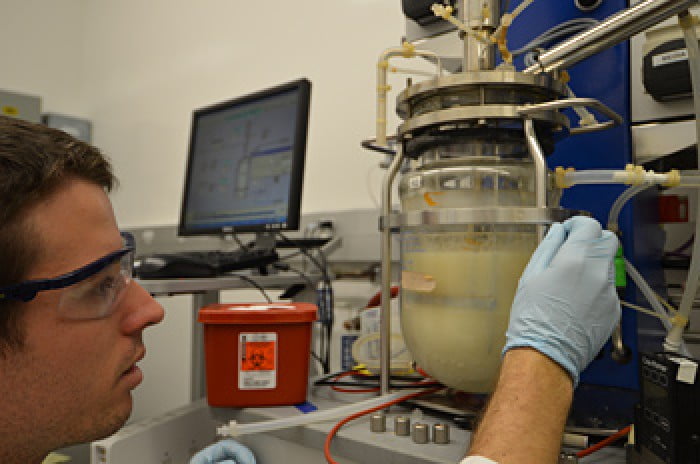Nearly a century ago Jewish chemist Chaim Weizmann invented a method of producing acetone for explosives – helping the British army with its WWI efforts. The British went on to win the great war alongside their allies and Weizmann moved to Israel to become the first president of the independent Jewish state.
Now, scientists at the University of California, Berkeley have found a way to utilize the same formula in order to generate a “greener” version of diesel fuel made from plants. While still more expensive to produce than fossil-based fuels, researchers say the new substance is more eco-friendly than regular diesel and that, unlike fossil-fuel, it is renewable.
Related articles
“What I am really excited about is that this is a fundamentally different way of taking feedstocks – sugar or starch – and making all sorts of renewable things, from fuels to commodity chemicals like plastics,” said Dean Toste, professor of chemistry and co-author of a report on the new development that will appear in the Nov. 8 issue of the journal Nature.
Turning grass into fuel
During WWI, Weizmann found that using certain bacteria called Clostridium, he could turn sugar or starch into three chemicals: acetone, butanol and ethanol. While back then acetone was what the British were after, today, it’s the ethanol that is used to produce the oil-substitute, but the process remains the same.
A major advantage of this process is that it gives chemists great control over the fuel synthesized. Basically, the substance could be engineered to have the same qualities of diesel fuel, gasoline and even jet fuel.
The retooled process produces a mix of products that contain more energy per gallon than ethanol that is used today in transportation fuels and could be commercialized within 5-10 years. Although the scientists at UC Berkeley used corn and cane sugar for their experiment, in the future, many other organic substances could be used – even trees and grass.
Photo by Robert Sanders, UC Berkeley
Related posts

Resilient And Nutritious New Plant-Based Milk Aims To Make A Splash

Chocolate From Cultivated Cocoa Comes Without Environmental Toll

Plastic Fantastic: Startup Takes PVC Back To Its Crude Oil Roots




Facebook comments